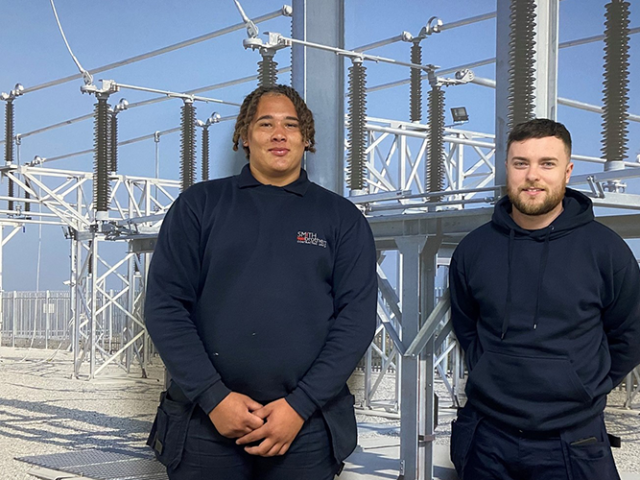In a promising breakthrough for the future of communications, EPFL researchers have developed a technology that can amplify light in the latest hollow-core optical fibers.
“The idea had been going around my head for about 15 years, but I never had the time or the resources to do anything about it.” But now Luc Thévenaz, the head of the Fiber Optics Group in EPFL’s School of Engineering, has finally made it happen: his lab has developed a technology to amplify light inside the latest hollow-core optical fibers.
Squaring the circle
Today’s optical fibers usually have a solid glass core, so there’s no air inside. Light can travel along the fibers but loses half of its intensity after 15 kilometers. It keeps weakening until it can hardly be detected at 300 kilometers. So to keep the light moving, it has to be amplified at regular intervals.
Thévenaz’s approach is based on new hollow-core optical fibers that are filled with either air or gas. “The air means there’s less attenuation, so the light can travel over a longer distance. That’s a real advantage,” says the professor. But in a thin substance like air, the light is harder to amplify. “That’s the crux of the problem: light travels faster when there’s less resistance, but at the same time it’s harder to act on. Luckily, our discovery has squared that circle.”
Source: “Using air to amplify light”, Valerie Geneux, EPFL News




